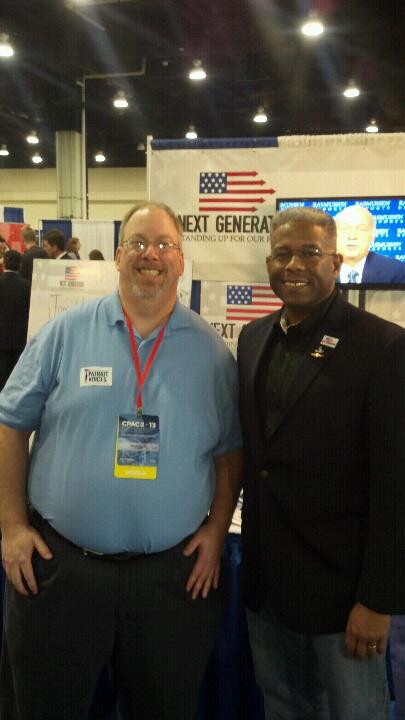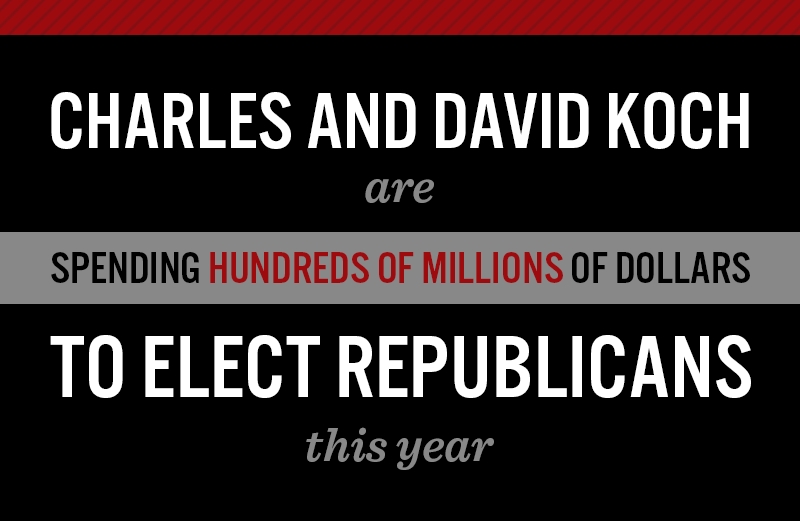After yesterday’s lengthy post about Peter Franchot’s assessment of the state economy, I wondered how the Republican running for the state’s top job would react. Fortunately, I can distill his statement down to a couple short paragraphs:
(Wednesday’s) report is utterly devastating and confirms what we have been saying, that Martin O’Malley and Anthony Brown have taxed and spent our economy into the ground. Overtaxed Marylanders are earning less, small business profits are disappearing and people have less to spend on goods and services.
As governor, I’ll put partisan politics aside and work across the aisle to undo the damage of the past eight years. We’ll work together to reign in reckless spending and waste so we can roll back as many of the O’Malley and Brown’s 40 straight tax hikes as possible. It’s time for Annapolis to live within its means so people can keep more of their hard earned money.
I was fine with that until the part about “work together,” particularly with regard to an event last week with New Jersey Governor Chris Christie:
The Democrats want to tell you that Governor Christie and I are far-right extremists. Our similarities stem from the fact that we are commonsense Republicans that are prepared to reach across the aisle in order for progress and prosperity. That is why Governor Christie was overwhelmingly reelected in the blue state of New Jersey to a second term. And that is why Marylanders are ready for a Republican governor in Annapolis.
Unfortunately in this partisan day and age, for a Republican reaching across the aisle means getting your arm bit off and used as a club to beat you with. Remember, the reason for Christie’s initial popularity was his get-tough stance with the state’s unions, and I honestly don’t see those sort of stones with Larry Hogan.
It’s obvious we have a problem in this state, as Franchot pointed out. But the problem isn’t just in the governor’s office, it’s in the bowels of the General Assembly as well.
Remember the “doomsday budget” session of a couple years ago, and the big deal many in the General Assembly made that spending “only” went up $700 million instead of the $1.2 billion they eventually received? Imagine that fight every year.
Depending on how many Democrats are returned to Annapolis, the budget that Governor Hogan would send out might only get 50 or 60 House votes, so the overriding question is what tradeoffs will we have to endure? Or will Hogan surprise me and take the bully pulpit, going over the heads of the General Assembly and the press to convince the people to demand action on a leaner budget? We know the unions wouldn’t take cuts lying down, so are those on the side of sanity going to go to Annapolis and tell Big Labor to pound sand when they mass in protest like they did a few years back? Fifty isn’t much against 5,000 and their box lunches.
(By the way, I should point out the link above was one of the posts where I lost all my pictures when Photoshop folded into Adobe Revel and rendered all my photo links obsolete. I spent a good half-hour fixing it for presentation last night because it was important to convey the sort of protest Larry Hogan can expect if he stands his ground.)
I certainly hope Larry wins and comes out with budgets which reflect sanity and not just a 4-6 percent increase each year. But be warned it won’t come without a fight. And we can live with Larry’s middle-of-the-road, reach-across-the-aisle tendencies if we can get some conservatives to Annapolis to keep him in line, with the rest of us having his back when he makes those promised cuts.



